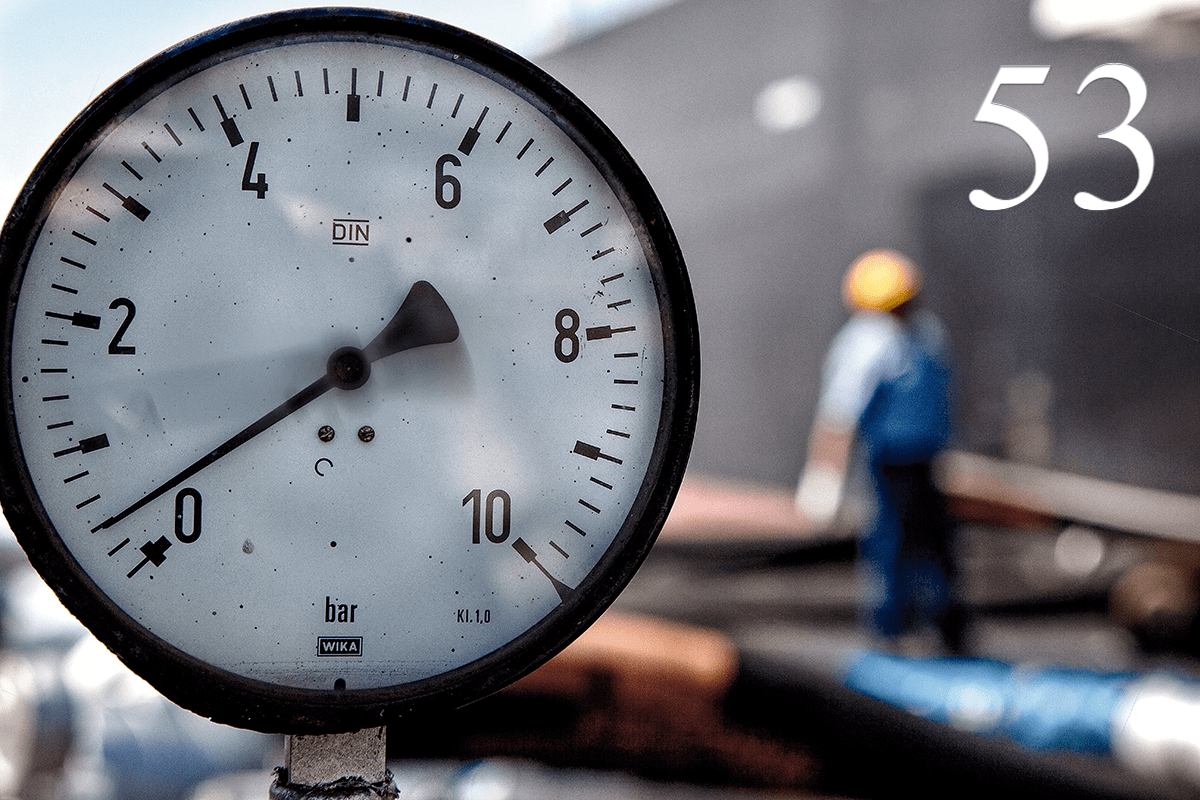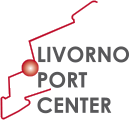
28 Mag Porti & dintorni. Cosa fa la portualità internazionale per reagire alla crisi. Numero 53
IAPH-International Association of Ports and Harbors ha pubblicato nei giorni scorsi il Port Economic Impact Barometer, basato sull’analisi dei dati relativi al periodo aprile 2020-aprile 2021. La Newsletter dell’Associazione diffonde il documento sotto il titolo significativo “One Year Report makes way for new IAPH Global Port Tracker“. Condividiamo la notizia.
IAPH Risk and Resilience Technical Committee to establish baseline requirements for a port tracker which will track operational efficiency alongside progress on energy transition, digitalization and long-term resilience against future crises
IAPH is proud to publish the IAPH-WPSP Port Economic Impact Barometer One Year Report. This survey-based analysis of the impact of COVID-19 on ports in the period April 2020 to April 2021 is the only report of its kind to truly reflect what has actually happened at these global cargo and passenger maritime hubs since the global outbreak of the pandemic in early 2020.
IAPH President and Deputy Director General of the Port of Barcelona Santiago Garcia Milà commented :
«This report has been possible due to collaboration between experts from ports, industry partners and academics from around the world. IAPH has provided its membership and beyond with valuable data and insights on how ports adapted their way of working as the COVID19 pandemic spread. This willingness to openly share information in a crisis among the global port community will be progressed further by IAPH so we can prepare for the crises of the future, together».
A consistent approach towards data gathering
Commencing as an initial weekly report made external following its presentation and discussion on indicative trends at the regularly convened IAPH COVID19 Taskforce, the Port Economic Impact Barometer report was released seventeen times including this edition by co-authors Professors Theo Notteboom and Thanos Pallis, with concrete answers provided by world ports each time to four key questions being analysed quantitatively and qualitatively:
How would you best describe the number of vessel calls in your port in the past week, compared to what would be expected in the same week under normal conditions for this period? This was analysed by container, cruise/passenger and other cargo vessels.
How has hinterland transport been affected by the COVID-19 situation compared to normal activity during the past week? This was broken down by road (trucks in/out of the port and trucks travelling across borders) rail and where relevant, barge.
What is this week’s situation in terms of capacity utilization, including warehousing and distribution activities in your port? This included storage of foodstuffs and medical supplies, consumer goods, liquid and dry bulk storage.
What was the availability of port workers last week? These were categorized by dockworkers, technical-nautical services (pilots, tugboat and mooring crews), harbor master services (including VTS operators), port authority workers (including office staff) and truck drivers.
Deep dive into key additional topics and analyses by region
Additional questions early on the crisis related to extra restrictions on vessels introduced in the past week for either cargoes or ship crews and any extra delays during the past week due to changes in port call procedures, which figured in the first seven reports until May 2020.
Professor Theo Notteboom commented: «The Barometer report’s success has been due in part to the openness of ports to not only share data, but also their anonymous comments on what was going actually going on as we sent them the surveys. This openness allowed us to enquire further on relevant issues and report on them in a timely way».
From week 27 (July 2020) onwards, one extra question was added to each edition up until this report on a variety of key issues, some of which were repeated more than once to benefit from comparisons over time. These included appetite to continue investments in port infrastructure, focus on environmental sustainability projects, comparative year-on-year cargo throughput volumes, percentage of container empties on the quay as imbalances built up, the status of crew changes and this current report, which asked ports about the impact of the Suez Canal blockage by the Ever Given Ultra Large Container Vessel.
In addition, when appropriate, the authors conducted regional analyses of the data for each of the subjects, with results shared in this one year report.
Professor Thanos Pallis added : «The dramatic impact of the pandemic on economic activity early on was clear. However what we tried to do over time was establish trends in the data accumulated over the seventeen reports in order to reach objective observations and conclusions. For example, we were able to measure the sectors most impacted by the pandemic, namely cruise and passenger vessels. We were able to measure that impact, but also detect early on when ports have started to receive these vessels again beyond the lockdowns».
Looking ahead to inform on port resilience – the port tracker
The IAPH Risk and Resilience Technical Committee was formed out of the initial IAPH-WPSP Taskforce, and has set itself the target of developing a global port tracker which will allow IAPH member ports to gauge their level of resilience to future crises as well as providing the rest of the maritime industry with leading indicators on two key port measurements – efficiency and ability to maintain their licence and ability operate when the next crisis hits.
IAPH Managing Director Patrick Verhoeven concluded : «Ports have succeeded in playing their crucial role in keeping the world economy running through this once-in-a-generation global pandemic crisis. The next step is for ports to plan their level of preparedness for the next big hit. This could be financial, commercial, human health or safety-related, as a consequence of climate change such as an extreme weather event, or even as a result of a catastrophic cyber attack or act of terrorism. IAPH sees its role in developing tools such as the global port tracker in order to support its member ports to help them predict what sort of interventions are needed to meet the challenges of this extraordinary period of change and uncertainty, and to keep the nautical and global supply chain running».
You can download a copy of the report here.

